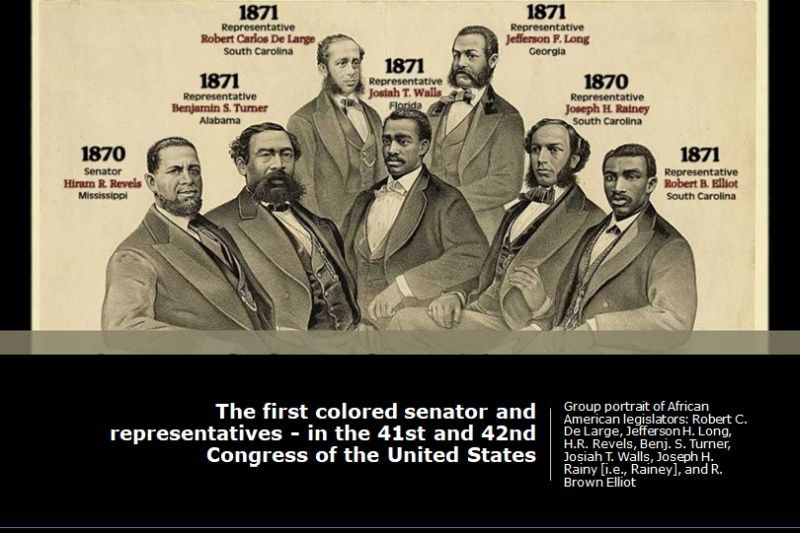The 41st and 42nd Congress of the United States. Reconstruction saw the election of an African American senator, Hiram Revels of Mississippi, and several members of the House from the South. After a brief period of Republican control in the South which saw major improvements in the lives of African Americans, Southern states instituted new laws aimed at intimidating black political activities.
1872
Hiram Rhodes Revels was born free in North Carolina. Revels served as an army chaplain for a black regiment during the Civil War and helped set up schools for the freed people. After the War, Revels moved to Mississippi. In 1869 the Mississippi legislature elected him to the United States Senate, in which he was the first African American member. After serving from February 1870 to March 1871, Revels continued his dedication to education.
Benjamin Sterling Turner was born a slave in 1825 in North Carolina. Turner moved to Alabama with his owner and was sold when he was twenty years old. During the Civil War, Turner raised enough money to purchase some property, and after emancipation he worked as a merchant and a farmer. In 1870, he successfully campaigned for an Alabama seat in the House of Representatives. He served one term in the Forty-second Congress, from 1871 to 1873.
Josiah Thomas Walls was born a slave in Winchester, Virginia, in 1842. In July 1863, in Philadelphia, he enlisted in the Third Infantry Regiment, United States Colored Troops. Discharged in October 1865 in Florida, he remained in that state.
Walls elected to be Florida in Congress in 1870 but lost his seat early in 1873 when the candidate he had defeated successfully challenged his election. Walls had won an at-large seat in 1872, so he returned to Congress and won again in 1874, but early in 1876 he lost his seat once more because of another successful challenge to his election.
Also born into slavery in South Carolina, Joseph Hayne Rainey was the first African American to serve in the U.S. House of Representatives and was the first black man to preside over the House. While enslaved, Rainey worked as a barber in South Carolina and in Philadelphia where he married in 1859. During the Civil War, he worked for the Confederacy until 1862 when he and his wife escaped and went to Bermuda. After the war he and his family returned to Charleston. In 1870 elected to the House of Representatives to complete the term of a congressperson the House had refused to seat, reelected three times, and served until 1879.
Robert Brown Elliot was born in England. In 1867, Elliot moved to South Carolina, where he practiced law and entered State politics. Elliot was elected to Congress in 1870 and reelected two years later, serving from 1871 until he resigned in November 1874. While serving in Congress, Elliot advocated a bill that later became the Civil Rights Act of 1875.
Robert Carlos De Large was born to free parents in Aiken, South Carolina. De Large was elected to the House of Representatives and served from March 1871 until he lost his seat early in 1873 when the man he defeated successfully challenged the result of the election.
Jefferson Franklin Long was the second African American elected to the U.S. House of Representatives in 1870. He was born a slave in Knoxville, Georgia. Self-educated and trained as a tailor, he became a successful businessperson in Macon, Georgia, once the Civil War had ended. After Georgia was readmitted into the Union in 1870, Jefferson Long was elected to fill a vacant seat in the House of Representatives. Long served in the House from January 16 to March 3, 1871. He was the first African American to speak on the House floor. Long did not run for reelection and returned to Macon, where he resumed his business career.
Explore Shaping the Constitution
Black Americans in Congress
Since 1870, when Senator Hiram Revels of Mississippi and Representative Joseph Rainey of South Carolina became the first African Americans to serve in Congress, a total of 162 African Americans have served as U.S. Representatives, Delegates, or Senators. This Web site, based on the publication Black Americans in Congress, contains biographical profiles of former African-American Members of Congress, links to information about current black Members, essays on institutional and national events that shaped successive generations of African Americans in Congress, and images of each individual Member, supplemented by other historical photos.
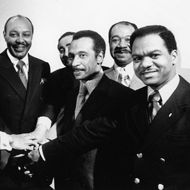
Member Profiles
Read biographical profiles of former African American Representatives, Delegates, and Senators that focus on their congressional careers. These profiles also have suggestions for further reading and references to Members’ manuscript collections.
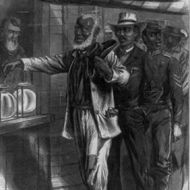
Black Americans in Congress: An Introduction
The arrival of Senator Hiram Revels of Mississippi and Representative Joseph Rainey of South Carolina on Capitol Hill in 1870 ranks among the great paradoxes in American history; just a decade earlier, these African Americans’ congressional seats were held by southern slave owners. Moreover, the U.S. Capitol, the center of legislative government, conceived by its creators as the “Temple of Liberty”—had constructed with the help of enslaved laborers.
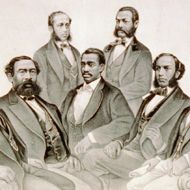
“The Fifteenth Amendment in Flesh and Blood,” 1870–1887
These pioneering African American Representatives symbolized a new democratic order in the United States, proving not only courage but also relentless determination. They often braved elections marred by violence and fraud. With nuance and tact, they balanced the needs of black and white constituents in their Southern districts, and they argued passionately for legislation promoting racial equality.
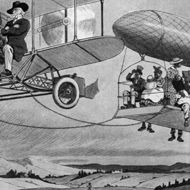
“The Negroes’ Temporary Farewell,” 1887–1929
By the 1890s, most Black Americans barred from or abandoned electoral politics in frustration. Advocacy for blacks in Congress became more difficult. After North Carolina Representative George White’s departure from the House of Representatives in March 1901, no African American served in the U.S. Congress for three decades.
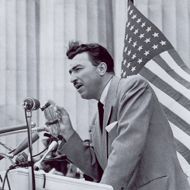
Keeping the Faith, 1929–1970
With his election to the U.S. House of Representatives from a Chicago district in 1928, Oscar De Priest of Illinois became the first African American to serve in Congress since George White of North Carolina left office in 1901. But while the victory symbolized renewed hope for African Americans struggling to regain a foothold in national politics, it was only the beginning of an arduous journey.
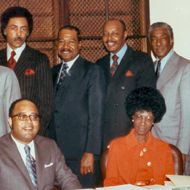
Permanent Interests, 1971–2019
The modern era of African Americans’ more than 140-year history in Congress began in 1971. During this period, black Members enjoyed a tremendous surge in numbers, reflecting a larger historical process, as minority groups and women exercised their new freedom to take part in American society. The post-1970 generation of Black Americans in Congress marked a watershed in American history—a transition from a period of prolonged protest to full political participation.
This page features materials designed to help teachers and students use the information presented in the Black Americans in Congress publication in their classrooms. It includes lesson plans on the African American pioneers who served on Capitol Hill from 1870 to 2007 based on the contextual essays from the Black Americans in Congress book, as well as activities on photographs, objects, and quotations.
Lesson Plans
Lesson Plan One: “The Fifteenth Amendment in Flesh and Blood,” The Symbolic Generation of Black Americans in Congress, 1870–1887 - Lesson Plan (PDF) / Essay
Lesson Plan Two: “‘The Negroes’ Temporary Farewell,” Jim Crow and the Exclusion of African Americans from Congress, 1887–1929 - Lesson Plan (PDF) / Essay
Lesson Plan Three: Keeping the Faith: African Americans Return to Congress, 1929–1970 - Lesson Plan (PDF)/Essay
Lesson Plan Four: Permanent Interests: The Expansion, Organization, and Rising Influence of African Americans in Congress, 1971–2007 - Lesson Plan (PDF) / Essay
Lesson Plan Five: Objects in Time - Lesson Plan (PDF) / House Collections Search
Lesson Plan Six: A Picture is Worth a Thousand Words - Lesson Plan (PDF)
Lesson Plan Seven: Black Americans in Congress Speak Their Mind - Lesson Plan (PDF) / Quotations (PDF)
- Lesson Plans: Black Americans in Congress
- Lesson Plans: Hispanic Americans in Congress
- Lesson Plan: Oral History
- Lesson Plans: Women in Congress

